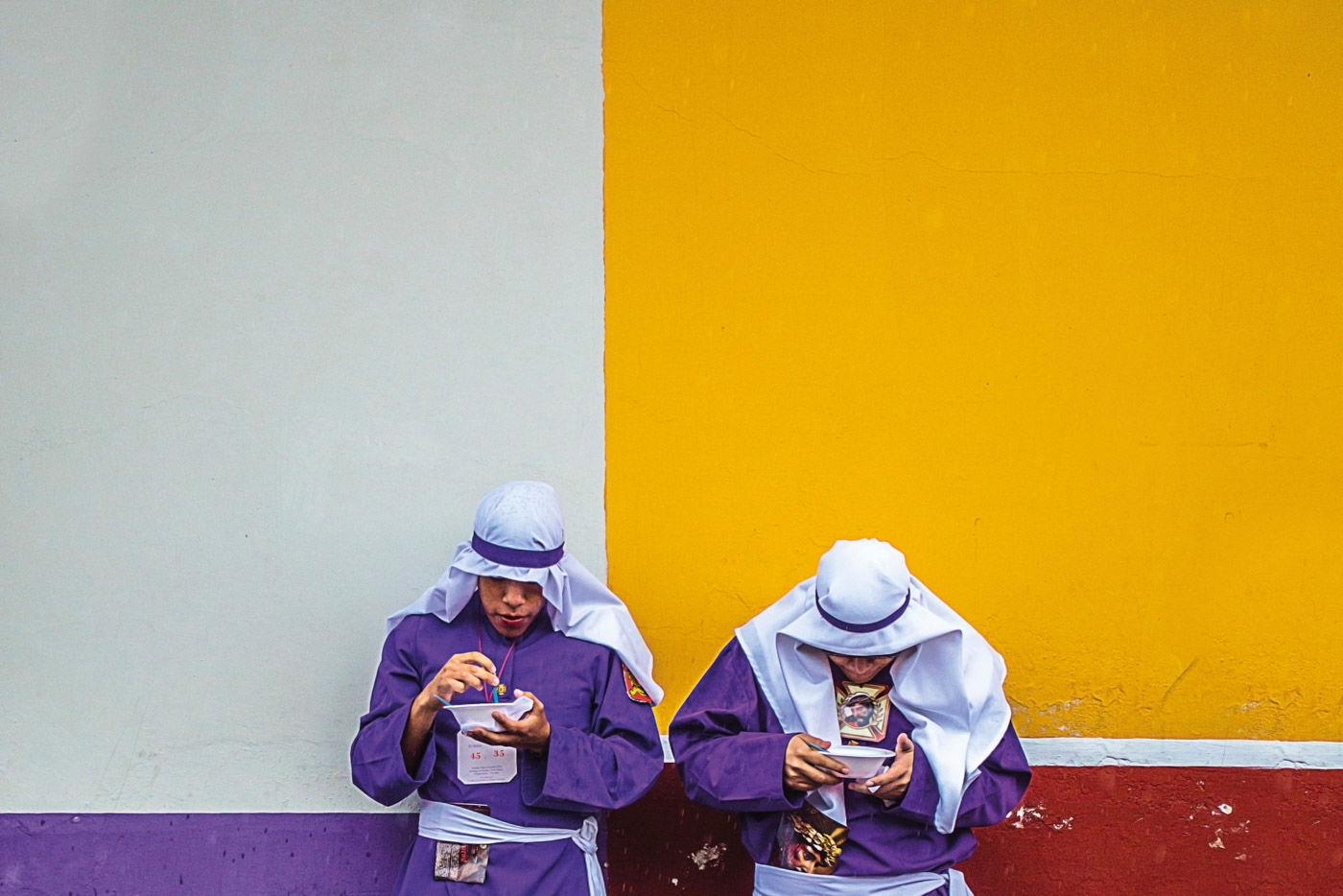Slideshows make sharing pictures with friends and family a special event. It is also a professional way to showcase your images to clients or for a presentation. Adobe Lightroom has a slideshow feature, but you can also create a slideshow in Photoshop. Photoshop is almost as easy as using Lightroom and you can save your slideshow as a video file to share on social media.
In this article, we’ll take you through the steps on how to create a Photoshop slideshow.
Choose the pictures you want to include in your show. There is usually a theme that unites them. You can showcase a product or your best photos. You can also show pictures from a recent trip or create a project.
Choose images that are eye-catching and different enough from each other to be interesting. Keep your show short as most viewers have a short attention span.
Decide on the order you want the images to play. Start and end your show with your best. Consider if there is a story or natural sequence that influences the order.
Open your pictures as individual layers in one Photoshop file. There are a couple of ways you can do this. If your images are in Lightroom, choose the photos. Go to the Photo drop-down menu. Select Photo > Edit In > Open as Layers in Photoshop.
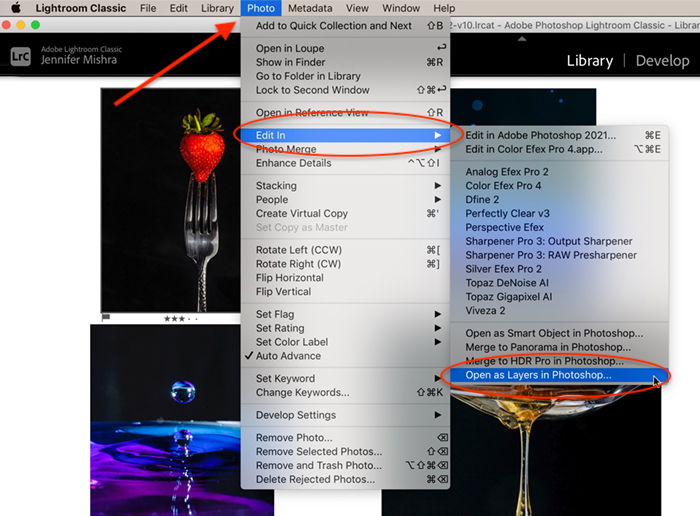
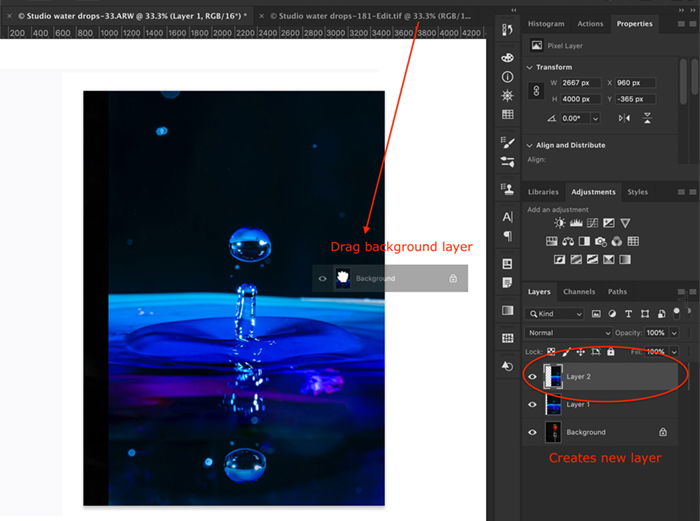
There is a lot of debate online about what the best size is for slideshows. The size is limited by the monitor. Most monitors are 1920 x 1080 pixels, which has a 16:9 aspect ratio. Use this aspect ratio if you like the look. If not, size your canvas to fit your largest image. If you need to make it larger or smaller, go to Image > Canvas Size.
Resize your images to fit your canvas. You can include photos of different sizes, but your show looks better if the layers are one size. First, convert each layer to a smart object. Go to the Layer drop-down menu and select Layer > Smart Objects > Convert to Smart Object. Then go to Edit > Free Transform (Ctrl or ⌘T). Drag the corners of the photo to change the size.
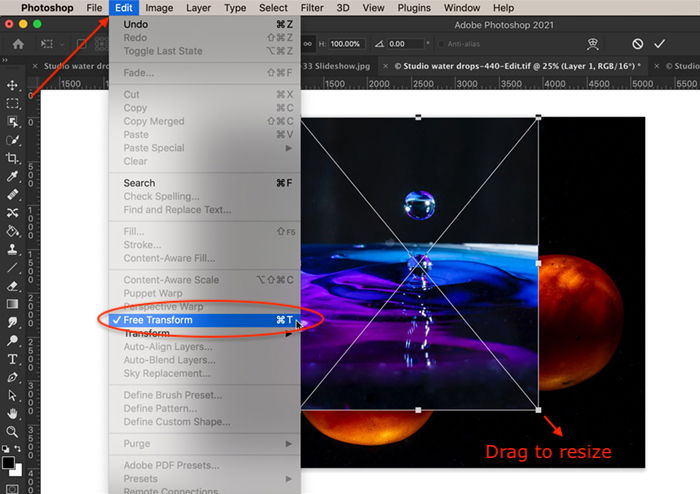
If you’ve not edited a video in Photoshop before, your timeline panel might not be visible. To reveal the timeline panel, go to the Window drop-down menu and select Window > Timeline. A video editing window will open at the bottom of your screen with a timeline toolbar.
The first four tools from the left control playback followed by an audio tool. Next is a settings gear that includes additional features and a split tool that looks like a pair of scissors. On the far right is the transition tool.
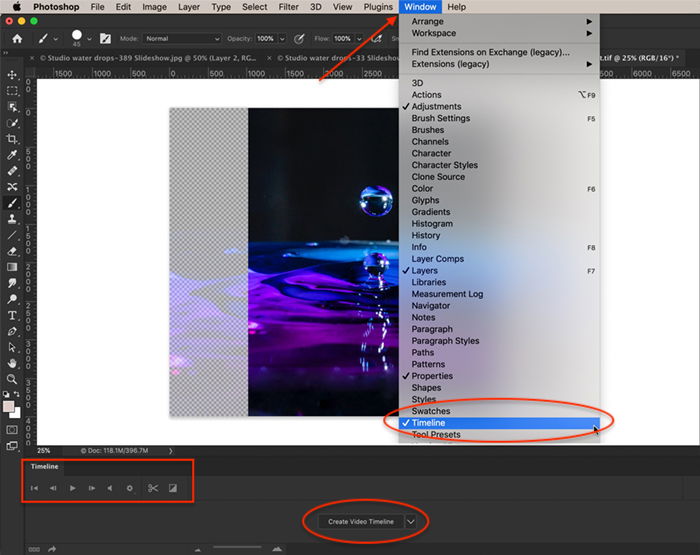
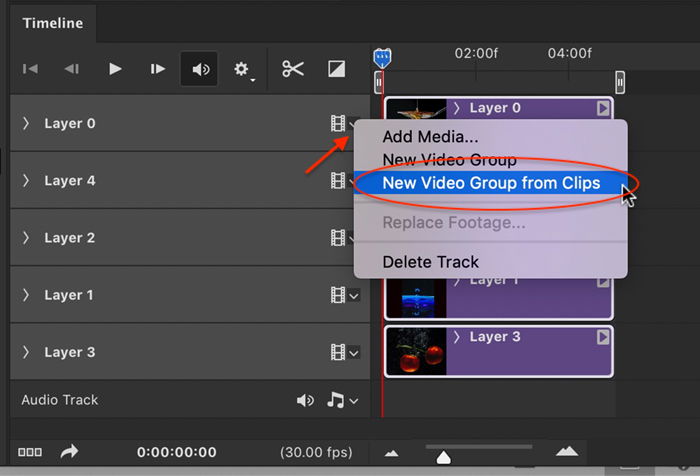
By default, the bottom layer is the first image in your show. You can change the order by grabbing an image and dragging it into a different position along the timeline.
By default, the images are 5 seconds each. To change the time, grab the right end of the purple bar and drag. You can magnify the timeline using the slider at the bottom if this helps you adjust times accurately.

Transitions and effects make your presentation look more professional. Open the transition icon. It is a square divided into two triangles. You will have options like Fade and Crossfade.
Select one of the transitions and set a time. The default is 1 second, but you may find this transition too quick. Drag a transition between the slides. An opaque symbol appears at the end of the image bar or between bars depending on the effect. Click the play button to see how the transitions look.
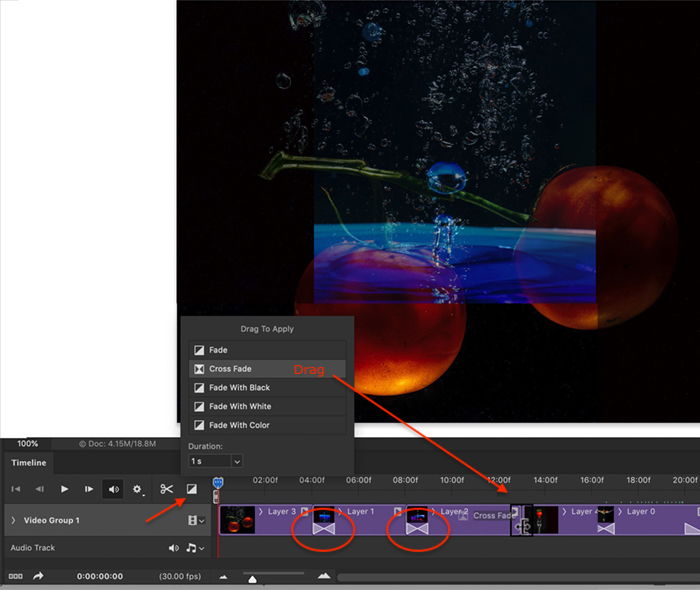
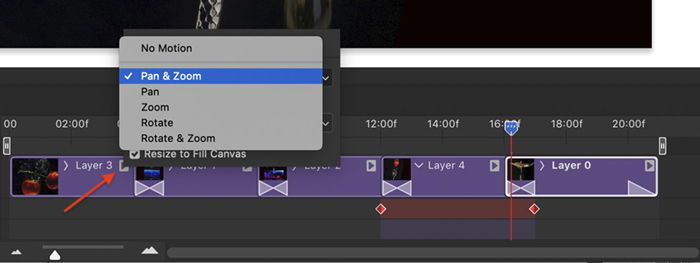
Adding an audio clip is optional, but it enhances your presentation. Click the arrow next to the music note icon on the audio track. Choose Add Audio. Navigate to the audio track saved on your computer. Note that copyrighted music is not allowed on social media unless you purchase a license to use the music or use public domain music.
You can make the audio track longer or shorter by dragging the right end of the green bar. Or you can place the blue playhead at the end of your show. Then click the clip tool that looks like a pair of scissors. This will cut your audio track in two. Delete the half that you do not need.
To fine-tune your audio, click the arrow at the end of the green bar. You have the option to change the volume and fade the audio.

The last step is to create a video of your show. Click the arrow icon in the bottom left corner of the timeline window to open the export workspace. Change Photoshop Image Sequence to Adobe Media Encoder. Click the Render button to export the video.
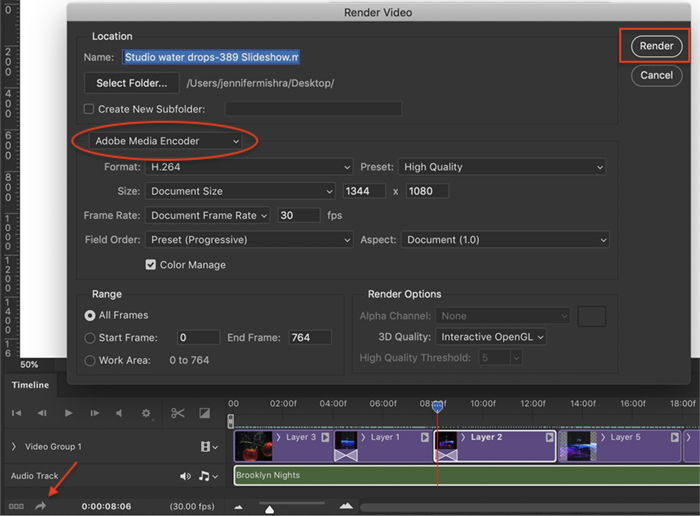
With Photoshop, you can create a slideshow to share on your website or send to friends. Create an introduction slide with text and end credits to make your slideshow more professional. Photoshop slideshow is a simple tool to create a video project.
